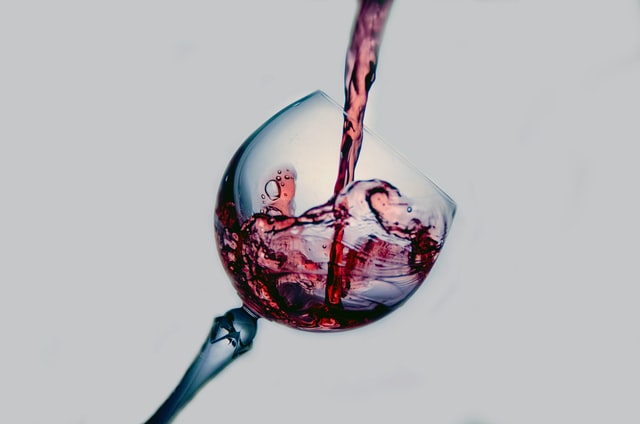Vino. The elixir of life. The perfect accompaniment to any meal (or simply any evening). However, as one of the more versatile beverages out there, with a history that spans millennia, wine has numerous different varieties that can confuse the aspiring connoisseur. While you ‘d struggle learning every single wine in the world, there are certain terms that will help you decipher what kind of beverage you’re looking at. For this reason, here are our top four glossary items that will help you know your cabernet from your chianti.
1 Dry
Probably the most confusing term regarding wine (how can a liquid be dry?!), it’s actually pretty easy to understand. In simple terms, dry is a wine that isn’t sweet. More technically, it means wine that contains less than 0.2% unfermented sugar.
In order to understand this, we have to go back a bit and take a look at the wine-making process. Grape juice goes through fermentation — this means yeast eating up the natural sugars in the grapes, which creates carbon dioxide. This is vital for the creation of alcohol.
Sweet wines like Moscato and Beaujolais have this process stopped before all the sugars have been consumed by the yeast, while dry wines like Merlot or Pinot Grigio are not ready until most, if not all, of the sugars are gone.
2 Tannins
When someone says dry wine, the instinct is to associate this with the dry sensation in the mouth that some wines induce. We’ve already established that this isn’t what ‘dry’ actually means in this context, but actually, the feeling is still an important part of any wine journey. This tingle is actually due to beverages that are high in tannins, and is referred to as ‘astringent’ in wine terms.
Tannins are organic bio-molecules found in grape skins, pips, stems and the wood barrels wine is kept in while it’s aged. Different grape varieties would have distinguishable levels of tannins, for example, Malbec, Nebbiolo and Cabernet Sauvignon are extremely high in tannins, while Pinot Noir, Merlot and Lambrusco are less tannic.
Astringent wines are usually well-paired with fatty foods, as Italian food connoisseurs Pasta Evangelists explain: “Nebbiolo, with its high tannins and full-bodied nature, will pair well with meaty beef pasta dishes. In particular, fatty meat dishes will work well as the fat content will balance Nebbiolo’s strong tannins.”
3 Body
Referring to how light or heavy the liquid feels in your mouth, wines can be either light-bodied, medium-bodied or full-bodied. This term is one of the main ways to determine what foods pair well with which wine.
Many factors influence the body, but perhaps the most important one is alcohol levels. The more alcohol your wine contains, the more full-bodied it would be. This is because alcohol is more viscous than water, and therefore, wines with higher quantities of alcohol are usually more syrupy in texture than others.
Generally speaking, wines under 12.5% alcohol would be light-bodied, 12.5%-13.5% are medium-bodied, and anything over 13.5% is full-bodied. To illustrate, Riesling will be light-bodied, Pinot Grigio medium-bodied, and Chardonnay full-bodied. That said, most full-bodied wines tend to be red.
4 Finish
Have you ever tasted wine and were left with an unappetising aftertaste? This effect is called the wine’s ‘finish’, and is the easiest way to determine the quality of your wine. The finish includes the taste, how long it persists after a sip, as well as the texture left in the mouth.
There are many ways to describe a finish. It can be long or lingering versus abrupt, for example. It may be clean, crisp, fresh, expressive, peppery, spicy or harmonious. Good quality wines will usually have a complex and long finish.
Short-length wines are usually younger, like Beaujolias or Chianti. Long-lengths, however, would be the more complex wines you may know, such as Cabernet Sauvignon, Bordeaux, Zinfandel and Chardonnay.
Read More:


